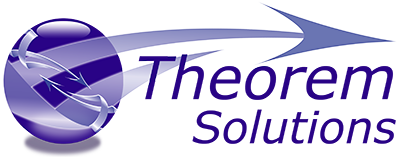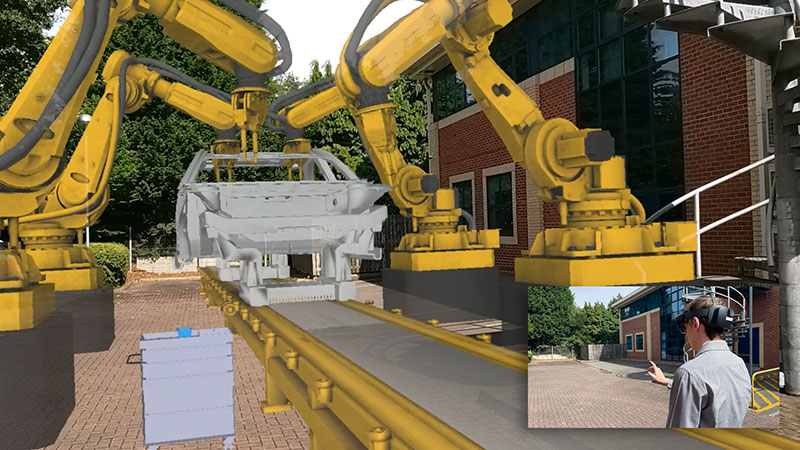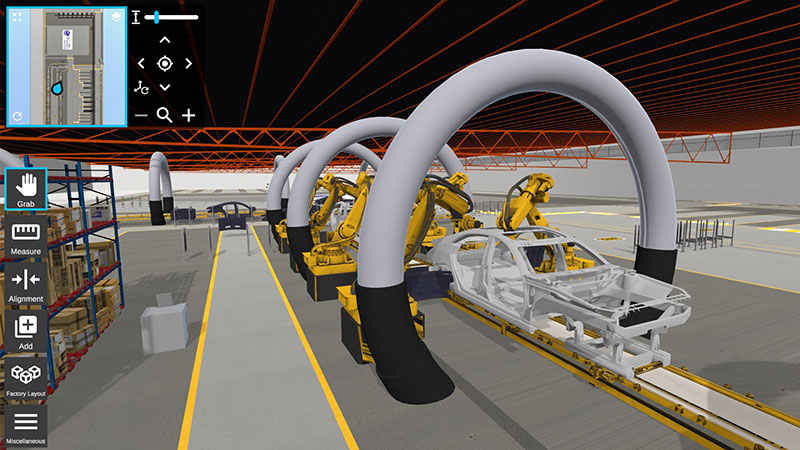Augmented, Mixed or Virtual Reality
The adoption of extended reality (XR) technology in engineering and manufacturing is accelerating at a rapid pace. But what is XR and what are its benefits? Theorem Solutions explains.
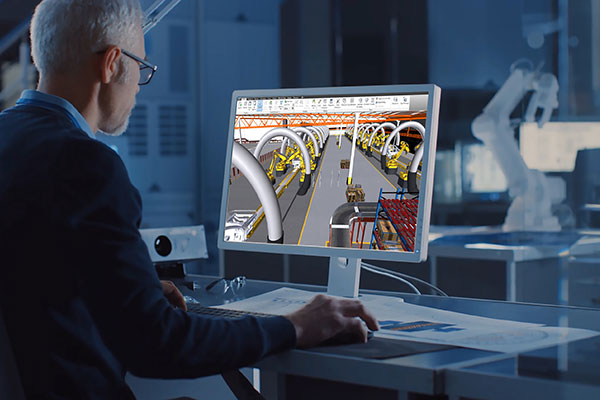
Latest News
August 24, 2022
Are you ready for Extended Reality (XR)?
For some, the use of Augmented, Mixed or Virtual Reality to conduct everyday tasks has become a tool which has been fully deployed to either complement or even replace traditional methods and processes.
Others, however, are still at the start of their ‘XR journey’ and are trying to understand the benefits that these innovative technologies can bring to their organisation.
Some organisations are developing their own apps to meet the needs of their use cases; others have bought devices but aren’t sure where they would fit or how they could use them.
But with a growing number of solution providers who are offering out of the box apps that allow users to jump straight into using their manufacturing and engineering data in XR devices, Theorem-XR is changing the landscape by offering solutions to meet the XR spectrum head on.
What is Theorem-XR?
At its core, Theorem-XR enables engineering and manufacturing companies to optimise, visualise, and collaborate around their 3D CAD design data at full scale and in context, supporting engineering focused XR use cases for Visualisation, Design Review, Factory Layout, Training, and the Visual Digital Twin.
Theorem-XR is technology neutral and supports a wide range of XR devices – from tablets and smart phones to VR headsets, including HTC Vive/Vive Focus 3, Oculus Rift/S and Oculus Quest, as well as Mixed Reality devices such as Microsoft HoloLens 2 and Magic Leap.
Getting data into xr is easy as drag and drop!
For many, getting 3D data into XR is the biggest obstacle on the road to adoption. The Theorem-XR experiences are underpinned by the Visualisation Pipeline which supplies a fully automated process, taking 3D data assets directly into Theorem-XR, or for the creation of Unity or Unreal assets for use in internally developed XR solutions.
By using the Visualisation Pipeline to prepare and optimise CAD data, the difficulties that can be encountered when trying to get 3D data into XR are removed. The process is as simple as dragging and dropping design data on to the server, ‘save as’ from within native CAD applications, or export directly from PLM systems. And the data only needs to be prepared for use once.
Big data? No problem. When working with large datasets – such as full factory layouts – even high-performance PC’s can struggle with optimising the data without losing some of its integrity.
For Microsoft HoloLens 2 users, Theorem’s ARR solution delivers remotely rendered data from Microsoft Azure Remote Rendering servers, enabling users to add locally rendered content, by combining streamed data and existing managed assets. This removes the barrier to working and interacting with huge quantities of design data.
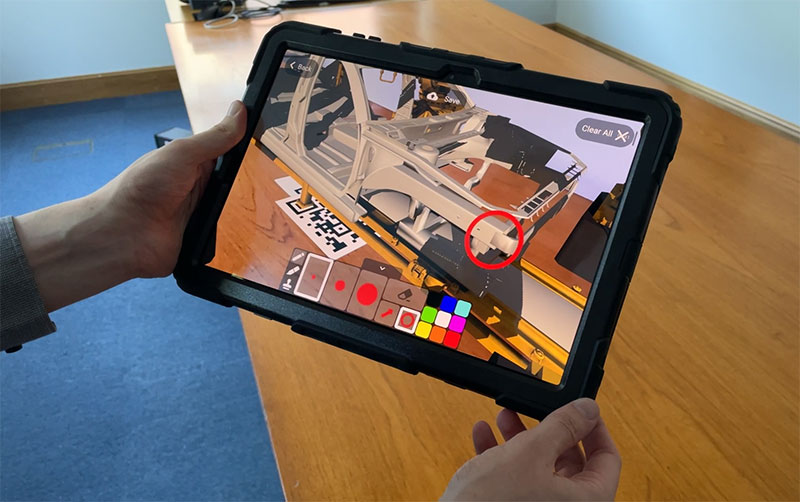
Evaluating the technology
There are many benefits to bringing the latest XR technologies into existing workflows, including to reduce costs, improve product quality and support the faster development of products and manufacturing processes across the enterprise. By using Theorem-XR to undertake everyday engineering tasks, you can visualise your 3D CAD data at full scale and in context.
Furthermore, being able to collaborate remotely with colleagues is becoming increasingly more essential to businesses. Theorem-XR’s experience enables collaborative working, with remote teams and home-based staff able to join in and work in an immersive multi-user environment, from anywhere there’s an internet connection. And you don’t necessarily need access to an XR device – even desktop users can join a collaborative session.
However, it should be noted that if a picture paints 1000 words, and a video paints more, what does full scale interactive visualisation paint? The best way to answer this question and to fully understand the emotions and benefits associated with using extended reality, is to try it. Without trying the technology there will always be a barrier to adoption.
If you have a smartphone or tablet, then you already have access to the world of Augmented Reality…
Meeting your requirements
Theorem Solutions has been working with engineering design data for over 30 years, with a global customer base using its robust solutions daily. Evolving with technology, the company has adapted to keep pace with innovation to keep its customers one step ahead of their competitors.
Rather than reverse engineering its technology, Theorem builds from the ground up using the development tools and APIs supplied and supported by the CAD and hardware vendors with which it has long standing and strategic partnerships.
As there is no one size fits all approach, Theorem will work with you to find the best fit for your use case and requirements. Whether your requirement is CAD translation, Interactive Documentation (3D PDF) or Full Scale Immersive XR Visualisation, Theorem delivers support to meet the needs of engineering – today and for the future.
More Theorem Solutions Coverage
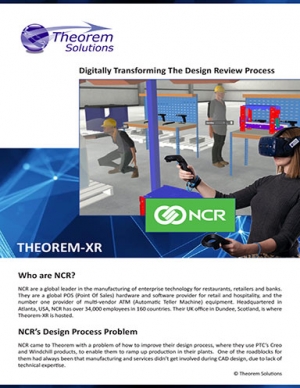
Subscribe to our FREE magazine, FREE email newsletters or both!
Latest News







